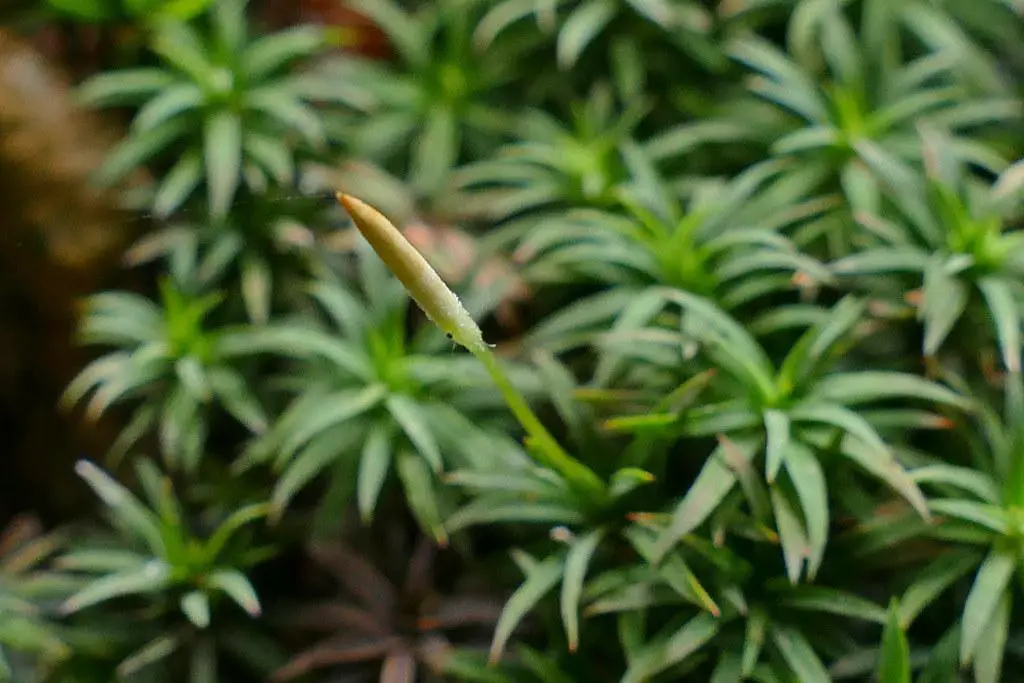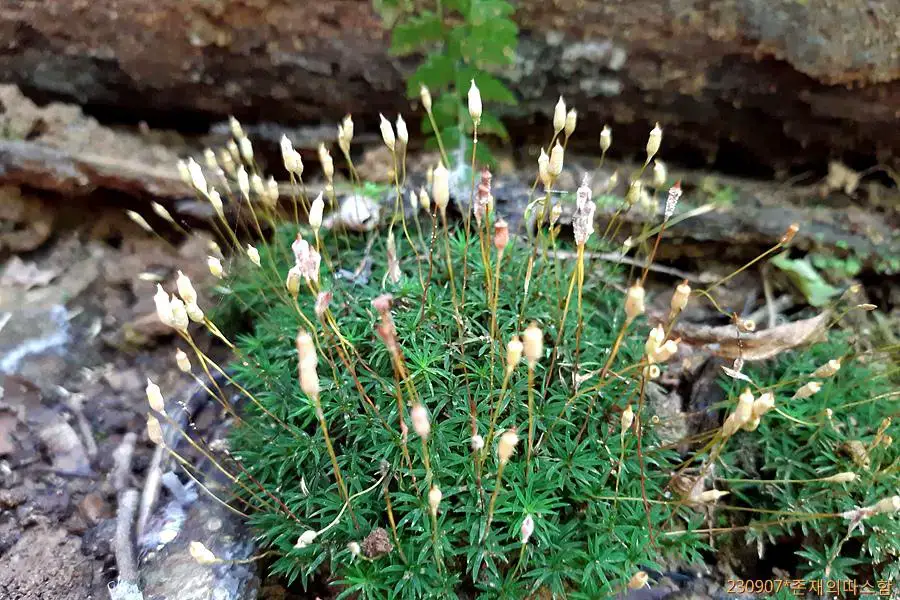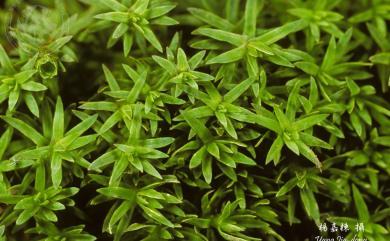
52393711542_501c9c0b27_b.jpg from: https://www.flickr.com/photos/ben_caledonia/52393711542/
Exploring the Fascinating World of Pogonatum neesii Moss
Pogonatum neesii (Müll.Hal.) Dozy, commonly known as Pogonatum moss

img.jpg from: https://kheenn.tistory.com/15861499
, is a captivating species of moss belonging to the Polytrichaceae

901c0023f62a1e6b3e92a845a820e409.jpg from: https://taieol.tw/pages/35195
family. This tiny but mighty plant plays a significant role in its ecosystems and boasts unique adaptations. In this blog post, we’ll dive into the world of Pogonatum neesii and discover what makes it so special.
Background on Pogonatum Mosses
Mosses are small, non-vascular plants in the division Bryophyta. The Polytrichaceae family, which includes Pogonatum neesii, is one of the most diverse and widespread moss families. Mosses like P. neesii lack true roots, stems, and leaves, instead having structures that serve similar functions.
Morphology and Identification
Pogonatum neesii forms dense tufts or mats. Its shoots are upright and can grow up to 4 cm tall. The leaves are lance-shaped, toothed at the margins, and have a distinct midrib. Unique identifying features of P. neesii include:
- Reddish-brown, hairy calyptra (cap) covering the capsule
- Square capsules held on a long seta (stalk)
- Leaves often curled and twisted when dry
Global Distribution and Habitat
Pogonatum neesii has a wide distribution, found in many parts of Asia, Africa, Australia, and the Pacific. It grows on soil, rocks, and rotting logs in humid forests from lowlands to mountains. This adaptable moss can tolerate a range of light conditions from shaded areas to more open habitats.
Ecological Roles and Adaptations
Like other mosses, Pogonatum neesii plays important roles in its ecosystems:
- Helps prevent soil erosion by stabilizing soil
- Provides shelter for small invertebrates
- Aids in nutrient cycling and water retention
- Pioneer species that helps regenerate disturbed habitats
P. neesii has adaptations that allow it to thrive:
- Thick midrib and lamellae enhance photosynthesis
- Hairy calyptra protects developing spores
- Can tolerate periods of desiccation by curling leaves
| Characteristic | Description |
|---|---|
| Height | Up to 4 cm tall |
| Leaves | Lance-shaped with toothed margins |
| Calyptra | Reddish-brown and hairy |
| Capsule | Square-shaped on long seta |
| Habitat | Humid forests on soil, rocks, logs |
Conclusion
Pogonatum neesii is a small but fascinating moss with a big impact. From its global distribution to its ecological importance, this mighty moss deserves our attention and appreciation. Next time you’re in a humid forest, keep an eye out for the distinct features of Pogonatum neesii. What other amazing bryophytes might you discover?